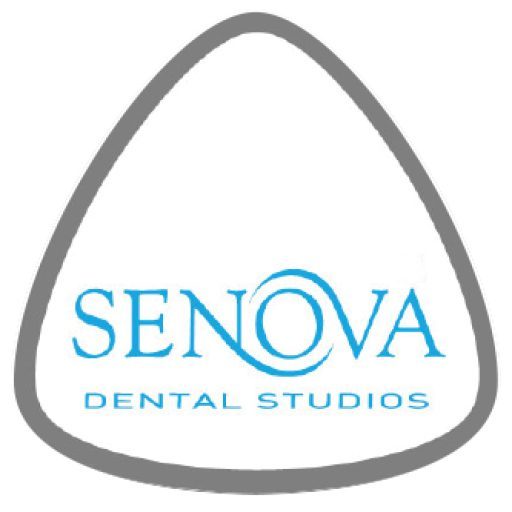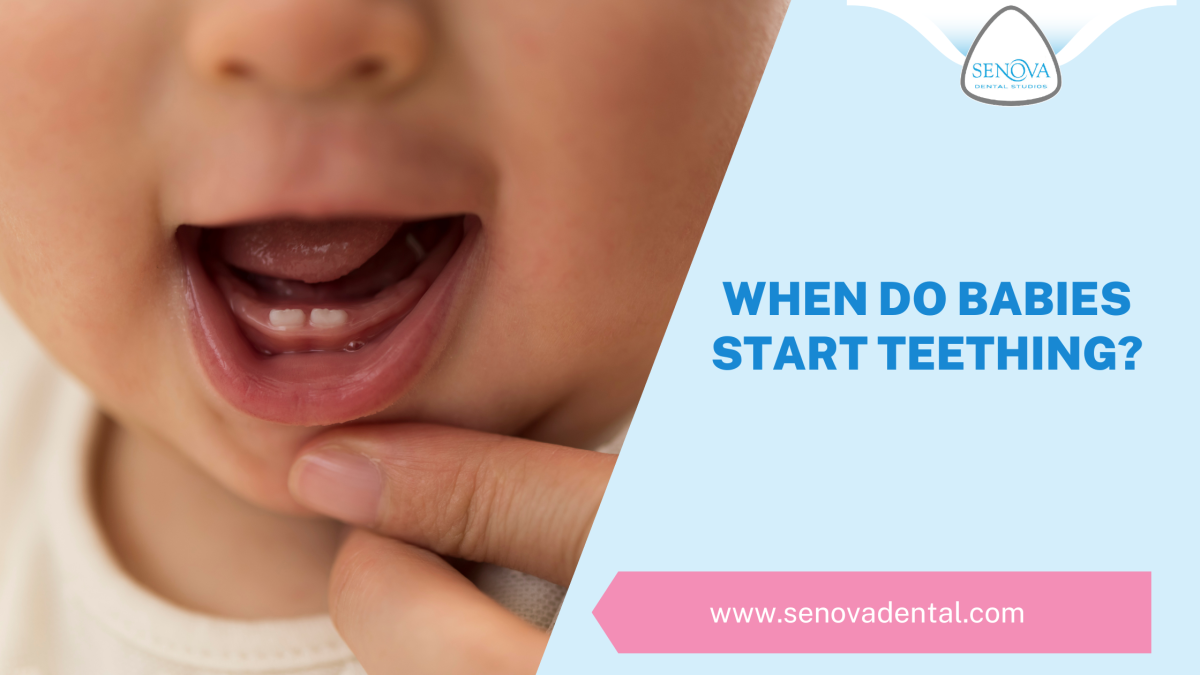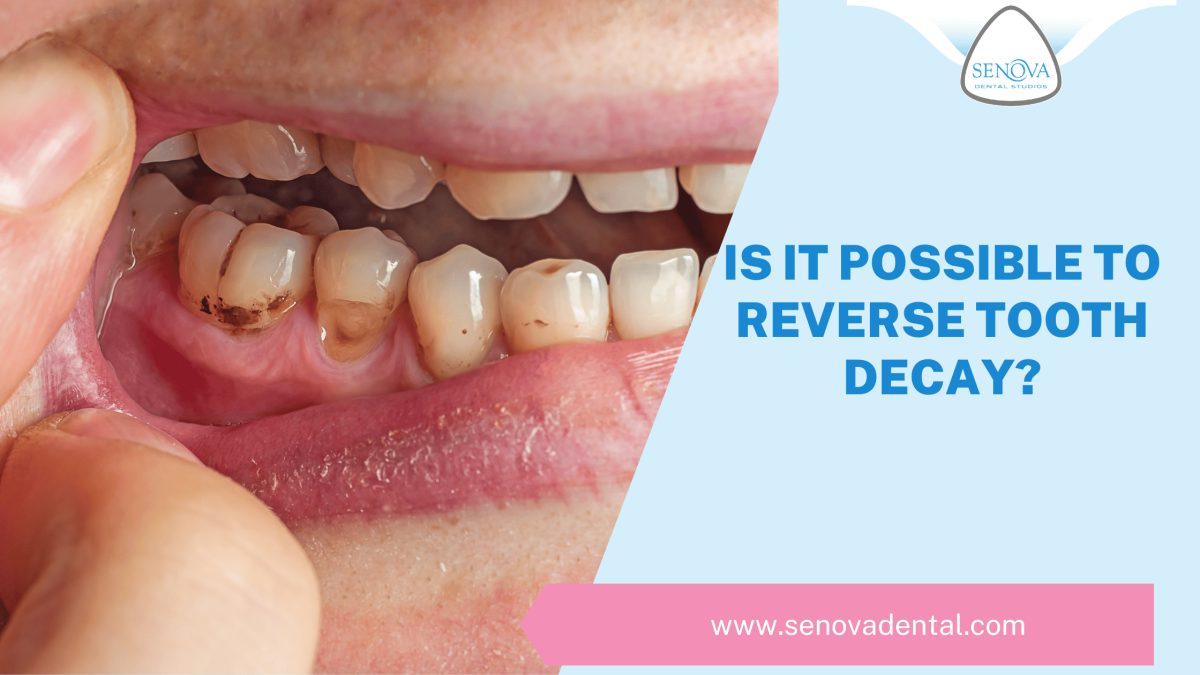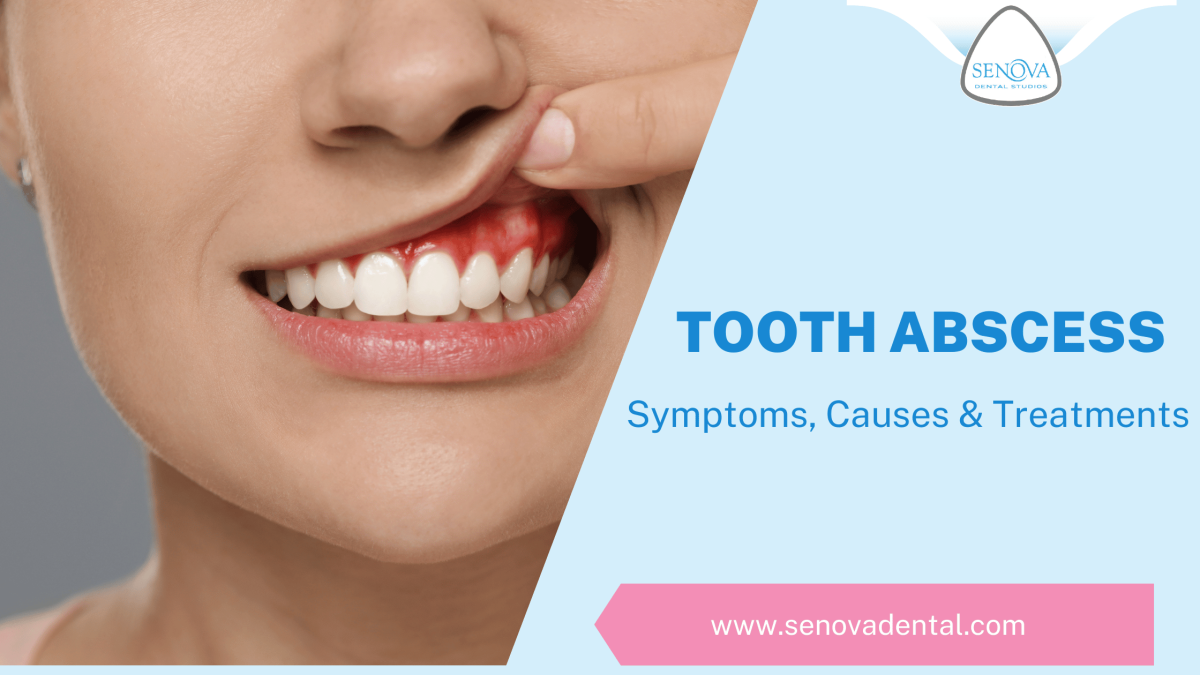
When we talk of restoring crooked or chipped teeth, the first thing that comes to mind is dental fillings. But did you know that there are other, more durable and aesthetically pleasing options available to restore damaged teeth? Many people might not have heard about dental inlays and onlays, but they are an excellent option for restoring the function and aesthetics of grossly damaged teeth.
In this blog, we offer an overview of dental inlays and onlays and will help you understand how you can enjoy a set of pearly white, healthy teeth with them. So, read on to find out more!
Inlays And Onlays – A Quick Overview
Inlays and onlays function in the same way as dental filings. However, unlike tooth fillings that are placed directly into the teeth at the dental chairside, inlays and onlays are prepared in the dental laboratory and then bonded to the prepared tooth surface. That is why dental inlays and onlays are also called indirect restorations.
According to the American College of Prosthodontists, an inlay is an indirect, tooth-coloured restoration that is used to restore small tooth defects that do not involve the cusps – or the sharp, pointed edges – of the teeth. On the other hand, an onlay is a restoration that is used for fixing more extensive tooth defects that extend over the tooth cusps. Regardless, both inlays and onlays are fabricated in the dental laboratory and then bonded to the patient’s teeth.
When Is A Dental Inlay Your Best Option?
An inlay is a suitable restorative option when a direct filling may not be able to sufficiently reinforce the damaged tooth structure. Alternatively, dentists use inlays or onlays when direction restorations tend to chip away or get fractured frequently. Finally, an inlay is a suitable choice when aesthetics are of primary importance as they are more stain-resistant than composite fillings.
Should I Get An Inlay/Onlay Or A Traditional Composite Filling?
Your dentist is the best person to advise whether you should get a traditional filling or an inlay/onlay for restoring a damaged tooth. However, inlays and onlays are more durable and offer superior aesthetics than bonded restorations. Therefore, If you want your restored teeth to last longer, you may consider inlays and onlays.
Inlays And Onlays Vs Dental Crowns
Inlays and onlays have the same design and fabrication process as dental crowns. All these restorations are fabricated in the dental laboratory. But there is one distinct difference between inlays/onlays and crowns – and that is the extent of tooth preparation needed for their placement. Inlays and onlays are smaller than crowns. Hence, they require the sacrifice of less natural tooth structure for their attachment and are, therefore, more tooth conservative than crowns. So, inlays and onlays are recommended for restoring small to medium tooth defects, while crowns are suitable for restoring more extensive tooth structural issues.
How Long Will My Dental Restoration Last?
The lifetime of a dental restoration depends on various factors, such as its type, the quality of the material used, and the skill of the dentist. Typically, direct restorations like bonded fillings are not as durable as indirect restorations like crowns and onlays. This is because these restorations are prepared in the dental laboratory under controlled conditions and hence, possess fewer structural and cosmetic defects. As a result, they tend to last longer. Typically, dental crowns, inlays, or onlays can last for up to 15 years if they are looked after properly. Furthermore, the skill of the dental laboratory technician and the dentist also goes a long way in improving the longevity of dental restorations.
What Options Do I Have With A Cracked Tooth?
The decision of whether a cracked tooth can be restored in the first place depends on the extent of the crack. If the crack extends below the gum line, it is considered non-restorable and should be replaced with an artificial tooth. However, if a cracked tooth can be restored, there are several options available. First, for small cracks, your dentist may place a tooth-coloured filling to restore the damage. For more extensive cracks, an inlay or an onlay may be needed. In other cases, if the crack extends into the pulp tissue, a root canal treatment procedure followed by reinforcing the tooth with a permanent restoration and a crown may be needed.
Preparation And Expectations For Inlays And Onlays
The process of getting inlays or inlays is straightforward and generally requires 2-3 sittings. In the first appointment, your dentist will remove the damaged tooth structure. This is known as tooth preparation. Afterwards, they will make an impression on your teeth and send it to the dental laboratory for the fabrication of the restoration. In the next appointment, they will try on the restoration of the prepared teeth and check for fit and aesthetics. If everything goes well, they will bond the restoration to the prepared tooth using adhesive. That’s it. Your teeth are now restored, and you’re a proud owner of a beautiful smile!
Can An Onlay Fall Off?
Like every bonded restoration, there are chances that a restoration may fall off. However, the chances of this happening are not very high, especially if the restoration has been placed by an experienced dentist. If at all the restoration comes off, there is no need to worry. Simply visit your dentist, and they will bond it back.
Do Inlays And Onlays Need To Be Replaced?
If an inlay or onlay gets fractured or permanently stained, then they may need to be replaced. Otherwise, these prostheses are quite long-lasting and do not frequently require repair or replacement.
When considering dental restorations like crowns, inlays, or onlays, it is always a good idea to visit an experienced and qualified dentist for optimal results. If you live in Watford and you’re looking for the best dentist in town, Senova Dental should be your first choice. We offer all dental services under one roof and at affordable rates. So, book an appointment with us today and let us take care of your entire family’s dental health and smiles.
- What Kind Of Dentist Does Implants? - December 1, 2024
- When Do Babies Start Teething? - October 26, 2024
- Is It Possible To Reverse Tooth Decay? - September 29, 2024




